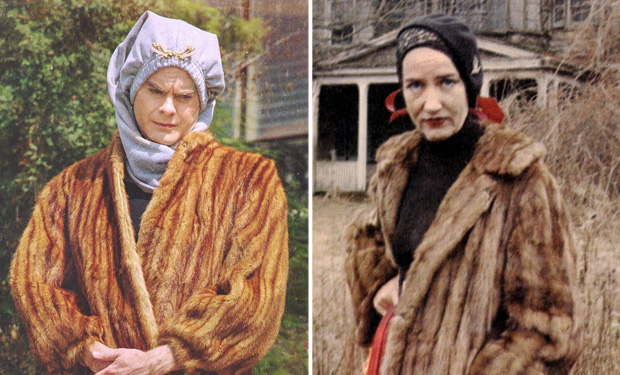

Prior to the sale, Quinn was forced to sell the remaining furniture originally belonging to the Beales, citing a lack of space. For the next several years, the property was available to rent until Quinn ultimately sold it in 2017. Quinn and Bradlee resided in the restored Grey Gardens for 35 years until Bradlee's death in 2014, after which Quinn found the home "too sad" to occupy alone. Previously lost footage shot in 1972, using 16mm film, featuring Lee Radziwill visiting with the Beales, was released in 2017 as That Summer. It included a new feature titled The Beales of Grey Gardens, which also received a limited theatrical release. In 2006, Maysles made available previously unreleased footage for a special two-disc edition for the Criterion Collection. She wrote a book about her experiences at the house with the Beales. Lois Wright, one of the two birthday party guests in the film, hosted a public television show for 30 years in East Hampton from the early 1980s to December 2018. A 2011 documentary, The Marble Faun of Grey Gardens by Jason Hay and Steve Pelizza, showed that he was then a sculptor at the Art Students League of New York. Jerry Torre, the teenage handyman shown in the documentary (nicknamed " The Marble Faun" by "Little Edie"), was sought by the filmmakers for years afterward, and was found by chance in 2005 driving a New York City taxicab. "Little Edie" died in Florida in 2002 at the age of 84. The couple subsequently restored the house and grounds. "Big Edie" died in 1977 and "Little Edie" sold the house in 1979 for $220,000 (equivalent to $821,000 in 2021) to Sally Quinn and her husband, longtime Washington Post editor Ben Bradlee, who promised to restore the dilapidated structure (the sale agreement forbade razing the house).
#The gray garden story series#
Throughout the fall of 1971 and into 1972, their living conditions-their house was infested by fleas, inhabited by numerous cats and raccoons, deprived of running water, and filled with garbage and decay-were exposed as the result of an article in the National Enquirer and a cover story in New York Magazine after a series of inspections (which the Beales called "raids") by the Suffolk County Health Department.

The house was called Grey Gardens because of the color of the dunes, the concrete garden walls, and the sea mist. After Phelan left his wife, "Big Edie" and "Little Edie" lived there for more than 50 years. The house was designed in 1897 by Joseph Greenleaf Thorpe and purchased in 1923 by "Big Edie" and her husband Phelan Beale. The two women lived together at the Grey Gardens estate for decades with limited funds in increasing squalor and isolation. Map of East Hampton the Beales lived at Georgica Pond in the southwest of the village.Įdith Ewing Bouvier Beale (1895–1977), known as "Big Edie", and her daughter Edith Bouvier Beale (1917–2002), known as "Little Edie", were the aunt and the first cousin, respectively, of former US First Lady Jacqueline Kennedy Onassis.


 0 kommentar(er)
0 kommentar(er)
